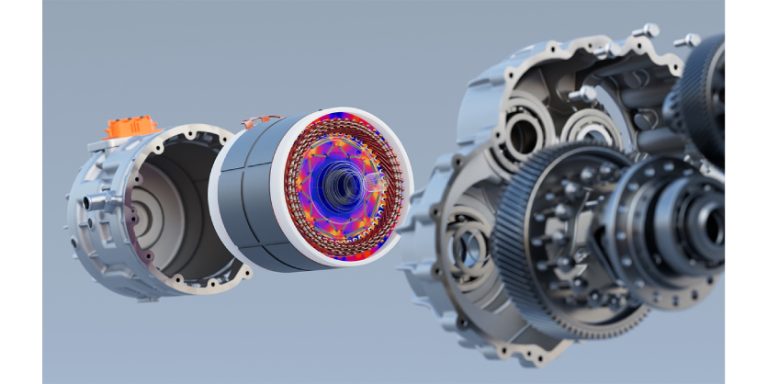Four Predictions for 2024: AI Set to Supercharge Robotic Automation
December 14, 2023
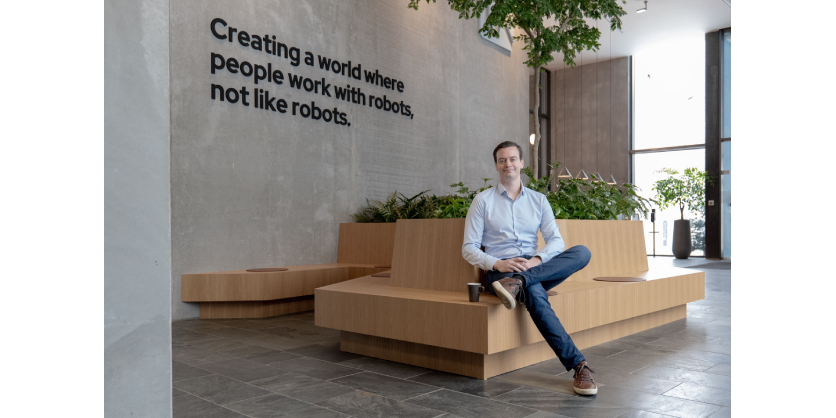
What 2024 has in store for the world of robotics and automation
By Anders Billesø Beck, VP of innovation and strategy at Universal Robots
We’ve reached that point in the year when it’s time to reflect upon the trends from the past 12 months, while looking ahead at what 2024 has in store for the world of robotics and automation.
2023 was an exciting year for innovation. The emergence of artificial intelligence (AI) technologies, such as generative AI, captured global attention and dominated headlines. However, the adoption of generative AI for businesses is still very much in its early stages and questions around how best to harness this technology remain at the forefront of many minds.
Digital transformation is an ongoing process so we can expect to see this year’s breakthrough trends continuing to shape society into next year. But how will these trends impact robotics and automation and what can the manufacturing industry expect to see next year?
1) AI will set a new pace of development in robotics and automation
AI is transforming the world of software development, making it cheaper, faster, and more effective. Software is a key component of automation, and with AI, software developers will be able to create more customized and optimized solutions for various tasks and challenges. If software development has sometimes felt like digging with a shovel, the introduction of AI is like bringing two horses and a plough to the process. However, automation expertise will remain a scarce and valuable resource in the process of AI revolutionizing manufacturing.
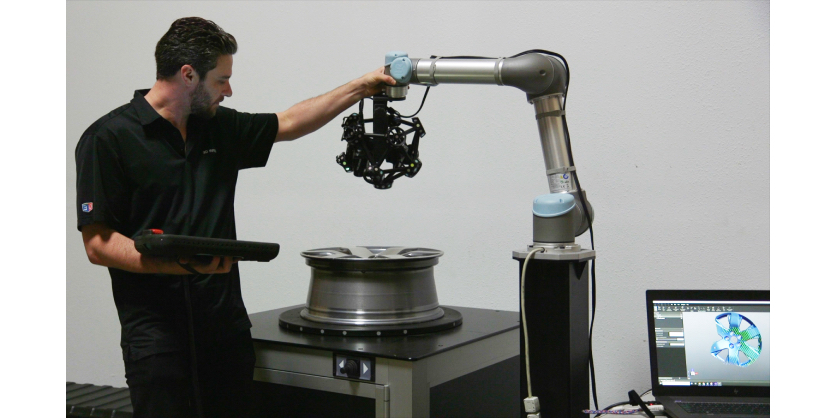
It has been interesting and perhaps surprising to see AI changing the lives of office workers before it touches working practices in most factories. I look forward to seeing the benefits of machine learning reach more manufacturers in 2024. After all, the technology is already there – we have many partners developing applications using AI to allow our robots to perform more complex and diverse functions. For example, AI allows robots to have human-like perception, handle variation, move parts precisely, adapt to changing environments, and learn from their own experience. With time, these capabilities will lead to unprecedented flexibility, quality and reliability in manufacturing.
2) Developments in robotics software will enable more sharing and reuse
Robotics software is the glue that binds users to their mechanical counterparts – a digital connectivity that transcends physical interaction.
Software developments are enabling a new dimension of collaboration – connecting the people that use robots. 2024 will see software developments leading to new levels of sharing and reusability. Imagine a world where, instead of reinventing the wheel, we leverage existing software assets—components, interfaces, algorithms—across multiple applications. It’s a principle that already underpins our UR+ partner ecosystem, streamlining innovation and reducing time-to-market. I can’t wait to see this evolve next year.
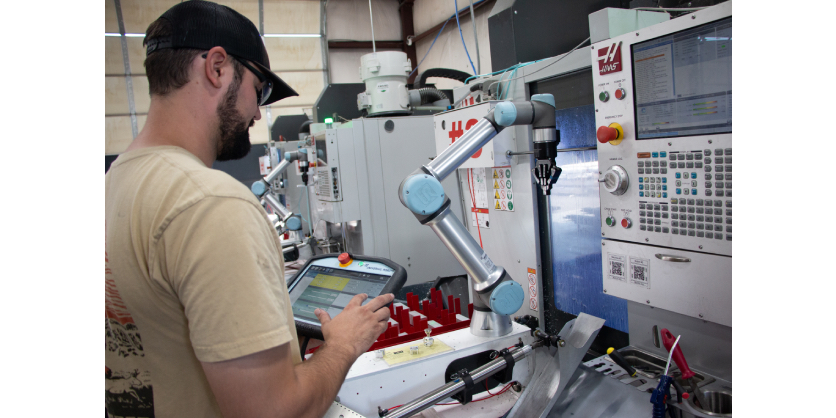
3) Companies will fuse IT and OT using data to improve operations
The future of manufacturing is intricately linked to IT/OT integration as data will underpin innovation and efficiency. Research shows that the manufacturing industry has been at the forefront of adopting cloud-based software services and we are already seeing some customers use these to enhance quality, cost efficiency, and predictability.
That makes me confident that 2024 will see the growth of data-driven logistics and manufacturing systems. Many still have an outdated view of the cloud merely being a data collector and backup function, as we know if from our private lives. But the real potential and power doesn’t lie in storing data or even in linking machines. The real transformative leap comes when cloud-based software services connect humans and machines and thus help manufacturers simplify complex processes and make smarter decisions.
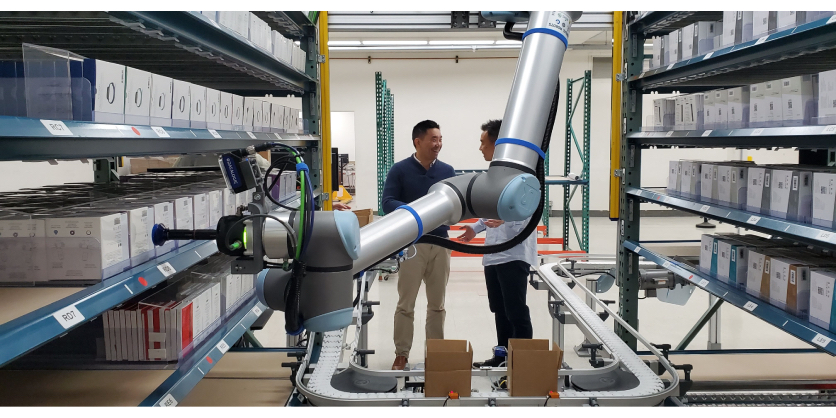
The benefits of this digital evolution are significant. Remote access to manufacturing data enables quick responses to issues and continuous automation improvement. With dynamic systems now essential, trusted cloud technologies offer the latest in security and state-of-the-art services. Industrial Internet of Things (IIOT) companies highlight this progression, promising improved efficiency and reduced downtime through Overall Equipment Effectiveness (OEE) visualization and predictive maintenance.
As we approach 2024, manufacturers stand to gain from these advancements, achieving higher quality, reduced downtime, better predictability, and cost optimization. This transition is a strategic necessity, supporting the shift towards high-volume, high-mix production, resilient supply chains, competitive data utilization, and sustainability goals.
4) Logistics will be a focus area for robotics
Earlier this year, Interact Analysis looked at projected growth rates in robot shipments across industries. The stand-out projected growth area? Logistics, where Interact Analysis put the projected CAGR for collaborative robot (cobot) shipments at 46% for 2023-2027. I’m not surprised as the market for non-industrial applications is growing fast.
Like manufacturing, many logistics companies face serious labor shortages while pressure is increasing as a result of globalization, e-commerce and complex multichannel supply chains. More logistics, warehouse and distribution centers will turn to automation next year to provide services faster and with greater accuracy.
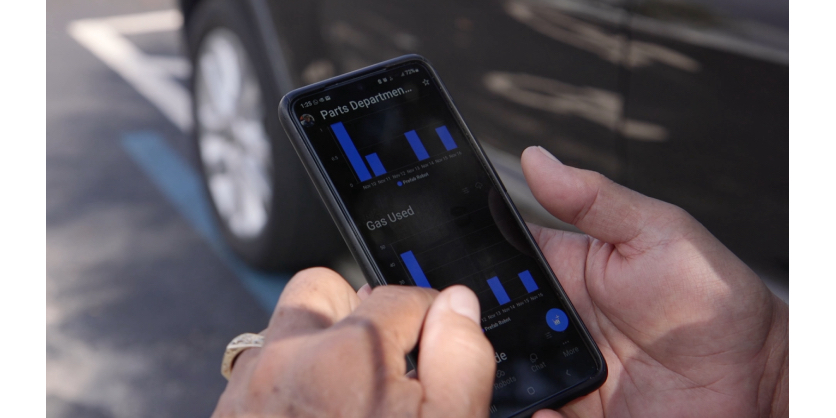
To take an example – facing the challenge of surging e-commerce demands, one logistics company we worked with revolutionized its fulfilment center with collaborative robots, resulting in a 500% surge in efficiency and order accuracy. The automation system, adept at processing thousands of orders daily, particularly excelled during peak periods, like Black Friday, where a robot managed up to 4,400 orders in one day with just a small crew for replenishment.
Robots– and the smart use of data – are poised to revolutionize logistics businesses across the whole value chain from incoming packages to outbound logistics.
The pace of development is robotics remains impressive – I look forward with great anticipation to another exciting year of progress
More Information
Related Product
Universal Robots Continues Its Innovation Journey by Launching New 30 Kg Collaborative Robot
Universal Robots, the Danish manufacturer of collaborative robots (cobots), has announced that it will expand its leading product portfolio with a new 30 kg payload cobot.

